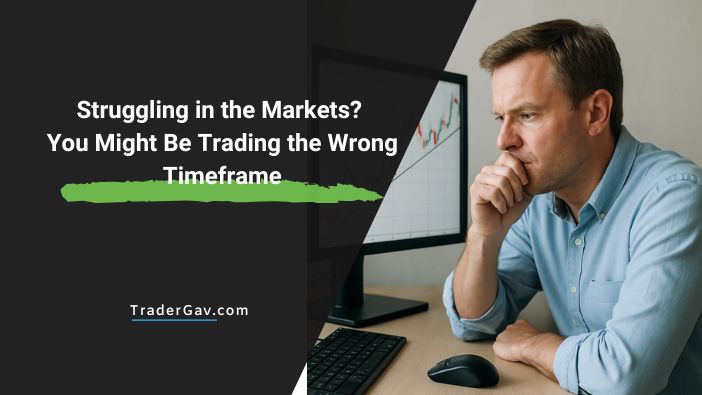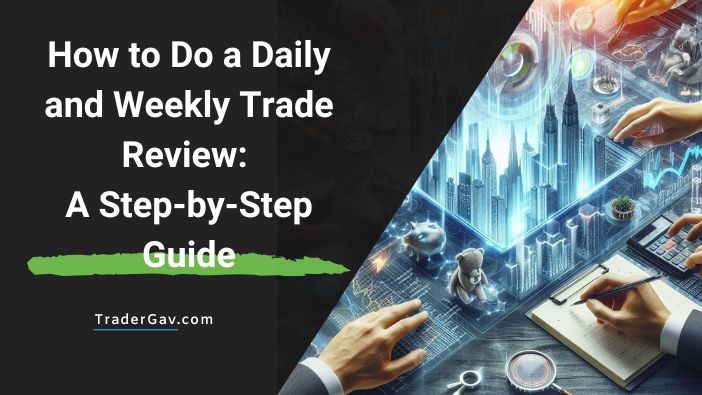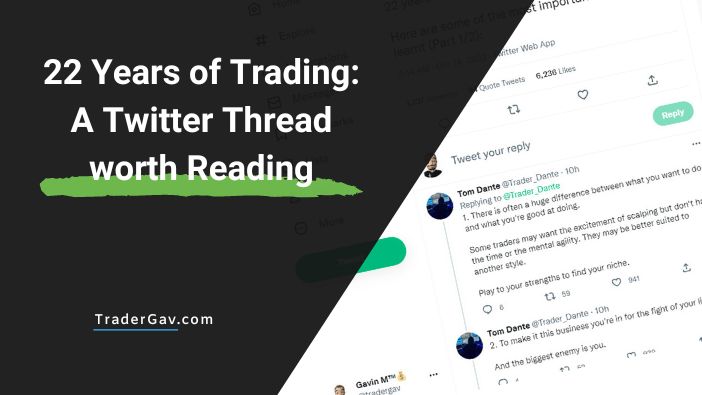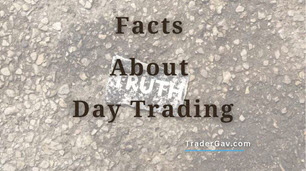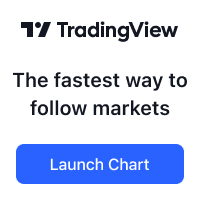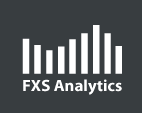Think about it, if trading feels like a constant battle, your problem might not be your strategy, your indicators, or even the market itself. It might just be your timeframe. I fully understand the frustration. You enter a trade, price whipsaws, stops you out, then reverses and runs straight to your original target. Annoying, right? […]
Learn Trading
How to Overcome Trading Anxiety: A Step-by-Step Guide to Staying Calm Under Pressure
Let’s be honest. Trading can be stressful as hell. Your money is on the line. The market moves fast. And just when you think you’ve got it all figured out, BAM—price reverses, and you’re left staring at a red P&L like it just insulted your family. Anxiety in trading is real. But here’s the truth: […]
How to Do a Daily and Weekly Trade Review: A Step-by-Step Guide
Most traders don’t review their trades properly. They think they do, but staring at a chart after a loss, shaking your head, and moving on doesn’t count. If you’re serious about improving, you need a structured, no-BS process. Here’s how to review your trades properly so you stop making the same mistakes and actually improve. […]
Afraid to Pull the Trigger? Here’s Why (and How to Fix It)
Ever sat in front of your screen, finger hovering over the buy button, heart pounding like you’re about to defuse a bomb? Yeah, me too. It’s called “Afraid to Trade” syndrome, and it’s the silent killer of retail traders—especially those with small accounts. Why? Because hesitation is expensive. The market doesn’t wait for you to […]
22 years of Trading: A Twitter Thread Worth Reading [2022]
An excellent Twiitter thread shared by an experienced trader. Worth reading for both experienced and new traders alike.
5 facts about day trading
Thinking about day trading? Here are the 5 facts about day trading you need to know
